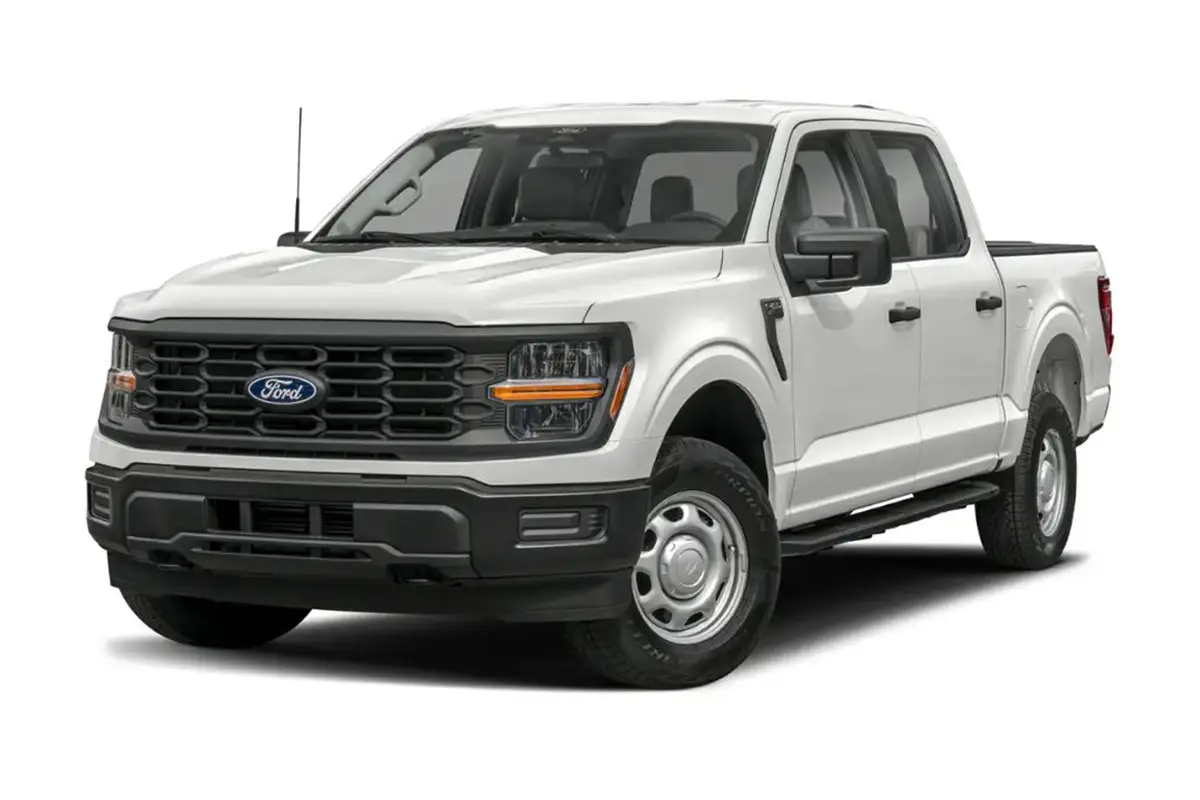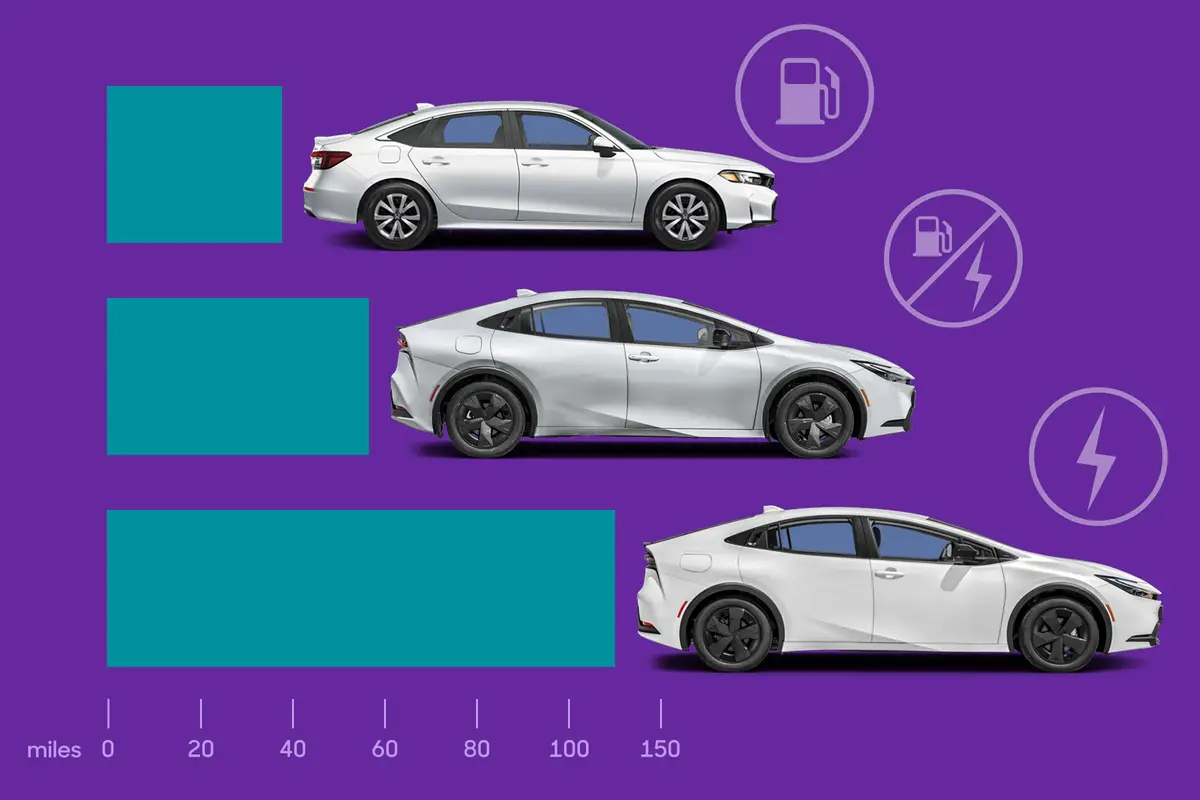The Detroit News's view
PASADENA, Calif. — Toyota Motor Corp. introduced its first Camry Solara coupe in model year 1999, the vehicle quickly garnered a reputation as the sporty car for grown-ups.
That wasn’t necessarily a compliment.
The Solara, like its four-door sibling, was a bit on the stodgy side, and its performance was underwhelming. Thanks in good measure to Toyota’s reputation for quality and reliability, however, the Solara quickly became a favorite with female buyers. Its closest competitors have since been the Honda Accord coupe and the Chrysler Sebring coupe.
Toyota has just released the second-generation Solara for model year 2004, and it’s a revelation. The “sporty car for grown-ups” has matured into an attractive, solid and comfortable performer that moves to the head of its class.
The 2004 Solara gets a much edgier profile which, from several angles, bears a startling resemblance to the Hyundai Tiburon – and that is a compliment.
From the side, the new Solara is teardrop-shaped, with an ultra-low drag coefficient of 0.29. That translates to less wind noise and better fuel economy. From the front and from the rear, the styling similarities to the Tiburon – one of my favorite sports cars in the under-$20,000 segment – are uncanny.
In fact, though, the Tiburon and the Solara are two quite different vehicles aimed at two very different audiences.
The Tiburon is more compact in size, with more of a youthful, masculine flavor. Despite the stylistic parallels, the mid-size Solara is much bigger inside and out than the Tiburon.
The ’04 Solara is longer, taller and wider than its predecessor, with more room inside and more power under the hood – all enhancements that underscore the car’s compelling value proposition. Prices start at $19,635, which includes destination charges.
Because the Solara is based heavily on the Camry, it shares many underbody pieces. The all-independent suspension employs struts in front and a dual-link setup in the rear. Gas-filled shocks and a generous 107.1-inch wheelbase help cushion the ride, while front and rear stabilizer bars help keep the body firmly planted to the pavement when cornering.
Toyota has upgraded the rubber, from 15 to 16-inch tires on the base SE model and to 17-inch tires on the new SE Sport and the top-of-the-line SEL. All Solara models get standard antilock four-wheel disc brakes. The SE Sport gets stiffer shocks and springs and offers more aggressive performance tires for an extra price.
The bigger tires, longer wheelbase and additional girth give the ’04 Solara the feeling of a more substantial vehicle with excellent ride comfort, while the car’s power rack-and-pinion steering and independent suspension provide a measure of agility that’s lacking in even larger two-door models.
Powering the base model is a twin-cam 2.4-liter four-cylinder engine that makes 157 horsepower and 162 pou nds-feet of torque. It’s not quite as powerful as the same-size engine in the Accord, but has more juice than the SOHC 2.4-liter four in the Sebring. In the Solara SE, the four-cylinder is mated to a five-speed manual gearbox.
The optional engine is especially sweet. It’s Toyota’s new DOHC 3.3-liter V-6, rated at 225 horsepower and 240 pounds-feet, and mated to a new five-speed sequential automatic transmission that can be shifted like a manual.
The V-6 doesn’t produce as much power as some competitive engines, but it packs ample muscle and returns reasonably good fuel economy – 20 miles per gallon in city driving and 29 mpg on the highway, according to the Environmental Protection Agency.
The V-6 is smooth and quiet, and for longer commutes and extended driving, it’s the engine of choice in this class.
Toyota appears to have spent an equal amount of time and energy to upgrade the Solara’s cabin, which is one of the roomiest in the segment.
Too many coupes, especially those with a slippery profile like the Solara, cheat on rear-seat room.
Indeed, that’s one of the weak points of the Tiburon, which is more of a 2+2 with what could only be described as “occasional” rear seats.
The Solara is a true four-seater, with more rear head and leg room than Accord or Sebring. Two adults will feel surprisingly comfortable in the back seat of the Solara on most journeys of less than 100 miles.
Even the base Solara is well-equipped, with such standard features as air conditioning with air filtration, power windows and locks, keyless entry, tilt/telescope steering wheel with fingertip controls, and an AM-FM stereo with CD player.
A tire-pressure warning monitor and outside temperature gauge are included. Leather upholstery, DVD navigation and XM satellite radio are among the options.
The SE Sport is a bit different animal, aimed at a slightly different audience than the standard Solara. A dark charcoal interior with black graphite-style trim is standard, as are black sport-fabric seats, a sport gauge pack, a leather-trimmed steering wheel and shift knob, and aluminum-trimmed pedals. An aero body kit to dress up the exterior completes the package. The effect leans toward boy-racer, without being overtly so.
On the safety front, Toyota has fitted side air bags to all Solara models, and buyers can order the optional side-curtain bags that protect front and rear occupants.
Prospective Solara buyers who can barely resist the urge to go topless will only have to wait a few months. The Solara convertible will be unveiled in early February at the Chicago auto show and will go on sale this spring.
Until then, the Solara coupe is our top choice for slightly older singles and couples looking for reliable, sporty transportation at an attractive price – and who occasionally want to travel with two other adults in the back seat.
Latest news


2025 Chevrolet Suburban Review: Excellence in Excess

